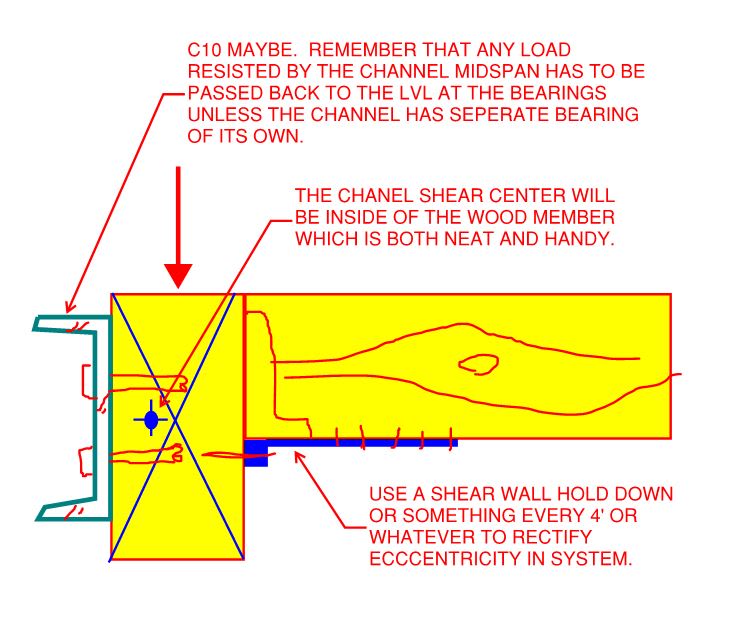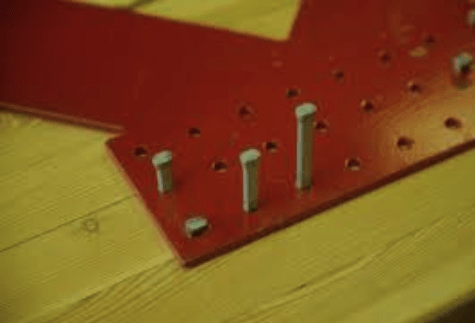JohnTerry4
Geotechnical
Hello,
I have a 5.25" x 11.875" LVL beam that is spanning 18 feet that was installed at a project but it is not sufficiently sized to carry the bending forces from the weight above. Therefore, I am considering adding a steel plate to the bottom of the beam as a reinforcement measure, and screwing the plate to the LVL beam every 12-inches or whatever so that the plate and the LVL can behave as one beam. Any guidance as to how I should calculate the new moment capacity?
TIA,
Feras
I have a 5.25" x 11.875" LVL beam that is spanning 18 feet that was installed at a project but it is not sufficiently sized to carry the bending forces from the weight above. Therefore, I am considering adding a steel plate to the bottom of the beam as a reinforcement measure, and screwing the plate to the LVL beam every 12-inches or whatever so that the plate and the LVL can behave as one beam. Any guidance as to how I should calculate the new moment capacity?
TIA,
Feras


